As soon as the weather heats up, we all panic. All you have in the house is that old suncream from last year and you’re not sure if it’s past its use by date. And we know that loads of you are off on holiday soon too. With that in mind today we’re talking SPF for kids. Now is the time to stock up so that when the next surprisingly sunny Sunday happens, you have everything that you need in store.
The question that get asked every summer is ‘what SPF should I use on my child?’ It seems so complicated but it needn’t be. Here are the five most common suncream conundrums solved…
1. I have some suncream left over from last years holiday, can I finish it off this summer?
Probably not. Look for a little open jar symbol on the bottle. The number inside shows how long a product stays effective after you’ve opened it. Extreme heat can degrade the ingredients making it ineffective so it’s better to bin a half empty bottle before you go home.
2. I don’t want to cart around a bottle of suncream all day, if I apply in the morning will it last all day?
Us neither. But the answer is NO. We get it, summer in the city when you’re running errands makes it really annoying to stop and re-apply but your kid rolls around, rubs against the pram/clothing, sweats and therefore rubs the formula off. You should be re-applying every few hours. We don’t fully believe in the ‘once a day’ formulas (see why below) so we carry one of these Nivea rollerballs in our bags at all times. Teeny, light, cheap and portable plus the roller-ball means that you can swipe it onto your kids skin before they even notice.
3. Suncream irritates my kids eyes/skin. Any suggestions of what I can use?
Here comes a little chemistry lesson. There are two types of sunscreen, “chemical” and "mineral." The key difference between mineral and chemical sunscreens is that chemical sunscreens are absorbed into the skin whilst those containing minerals sit on the skin, forming a barrier to deflect the suns rays. The mineral formulations often work better for eczema kids as the active ingredients aren’t absorbed into the skin so have less opportunity to irritate. They also protect from the moment you put them on which makes them my preference when it comes to kids (unless your kid happens to be mega patient and isn’t desperate to run out into the garden) They seem a bit thicker and white but this is a good thing because the guide colour means that you can be sure that you haven’t missed a patch.
We like these kid-friendly formulas:
andLa Roche Posay Anthelios Dermo-Kids SPF50+(currently on special offer and comes in a handy handbag size.)
One that I recommend for very sensitive-skinned kids or those with eczema though is this Ultrasunformula which also helps protect against prickly heat.Thisscent-free, organicGreen Peopleformula is also great.
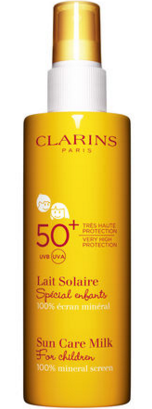
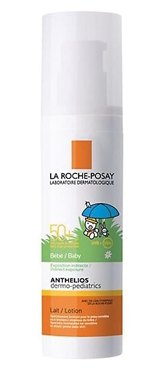
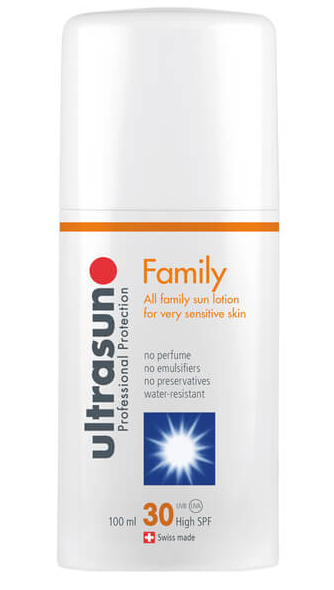
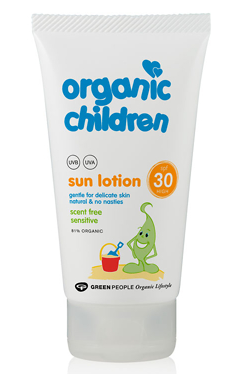
4. I used a ‘once-a-day’ formula but my kid still got burnt.
Don’t trust a label that promises to protect for eight hours – your kid jumps in the pool/dries off with a towel/ rolls in the sand. That stuff will come off. Soltan Kids Sand-Proof Dry Touch Lotion SPF30, £6 is pretty hardy stuff compared to a lot of others but I’d still reapply every couple of hours. Better to be safe than sorry.
5. It’s impossible to apply suncream to my wriggling child. How can I make sure that I don’t miss patches?
Kids make a fuss about anything smelly, greasy or sticky so the key is to get it on them fast. A spray is easier than a lotion when it comes to coating a wriggling body, but make sure you don’t scrimp. Pay special attention to burn-prone areas like the ears, nose, back of the neck, and shoulders. Some sunscreens like this one and this one have a bright tint when you apply them and then fade to clear in a few minutes, making it easier to tell if you’re covering every inch of your child’s vulnerable skin. Get them involved too; make applying it a game and it’ll seem more fun.
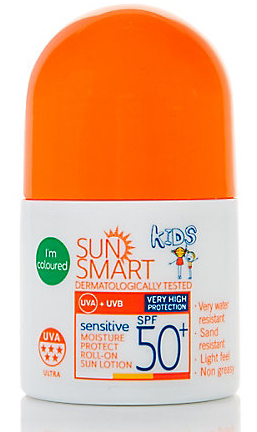
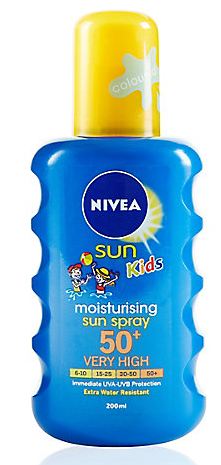


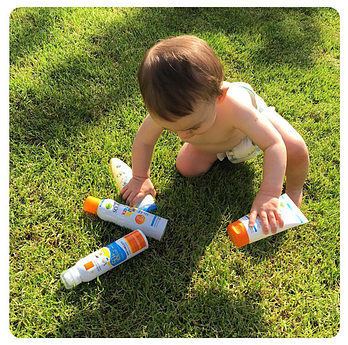
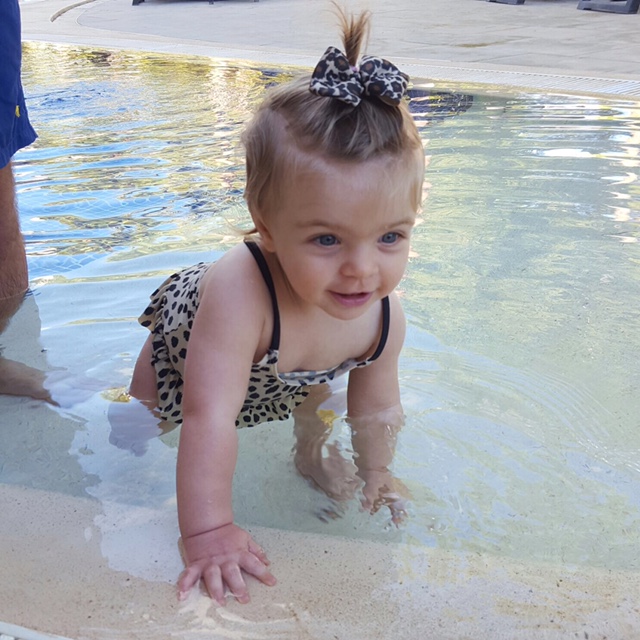


![This is a real (reel) PSA: *sound on* 📡 Send this to a friend who likes nice coats and needs reminding to do their pelvic floors 👌🏻#psa #pelvicfloor
*PSA means Public Service Annoucement incase you’re wondering - we discovered in a meeting yesterday that some people find these acronyms we use a bit confusing 😂 IYKYK
____________________________________________________
Gemma
Jumpsuit @mango
Coat @aligne*
Boots @hush*
Bag @demellierlondon
Heart tennis necklace @rosiefortescuejewellery*
Sam:
Coat @marksandspencer
Bag @demellierlondon*
Hat @celine
Boots @allsaints*
*Pr products
[All linked or similars on @ltk.europe - link in bio]
Excellent audio by @femalephysioco ❤️](https://www.thisismothership.com/wp-content/plugins/instagram-feed/img/placeholder.png)